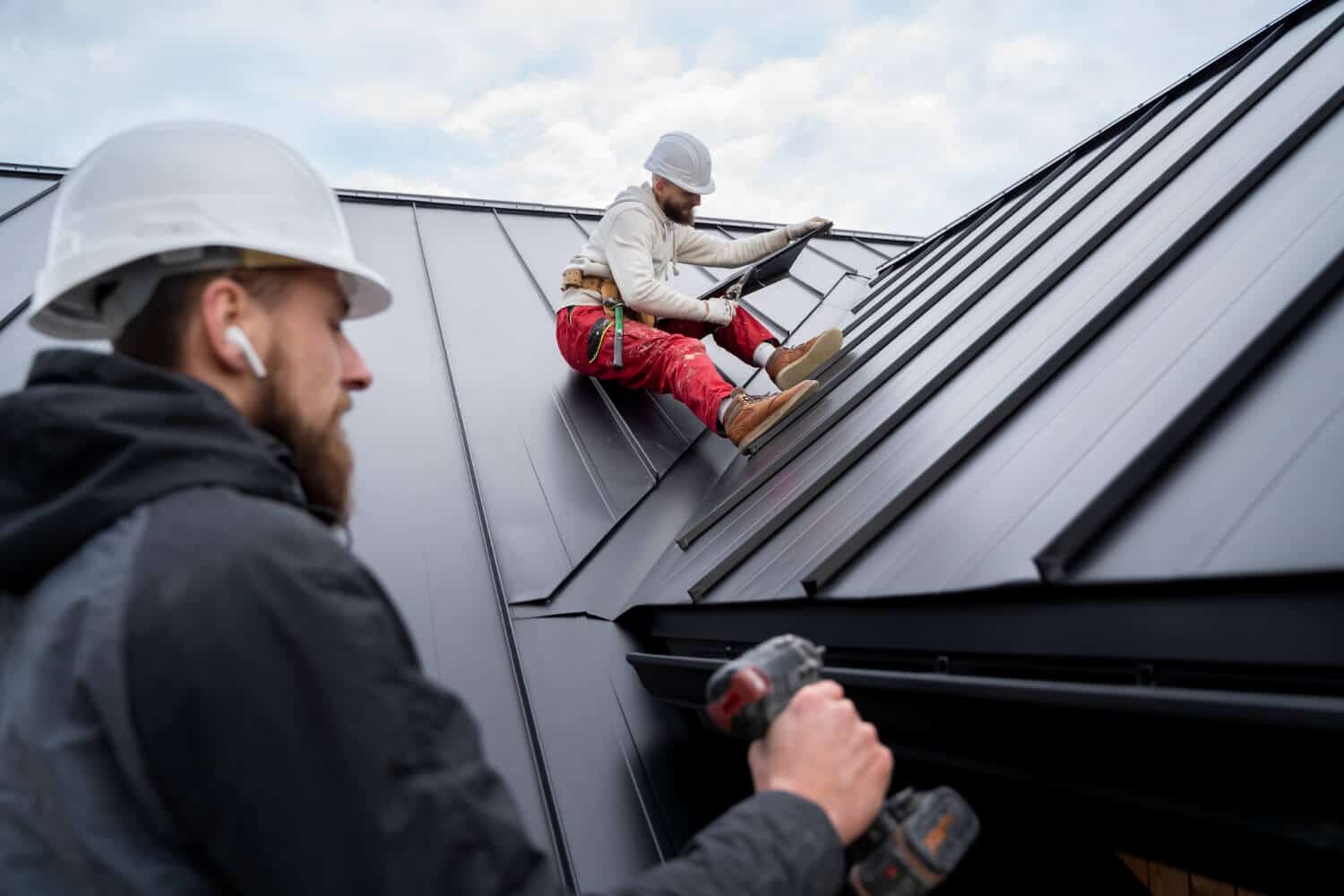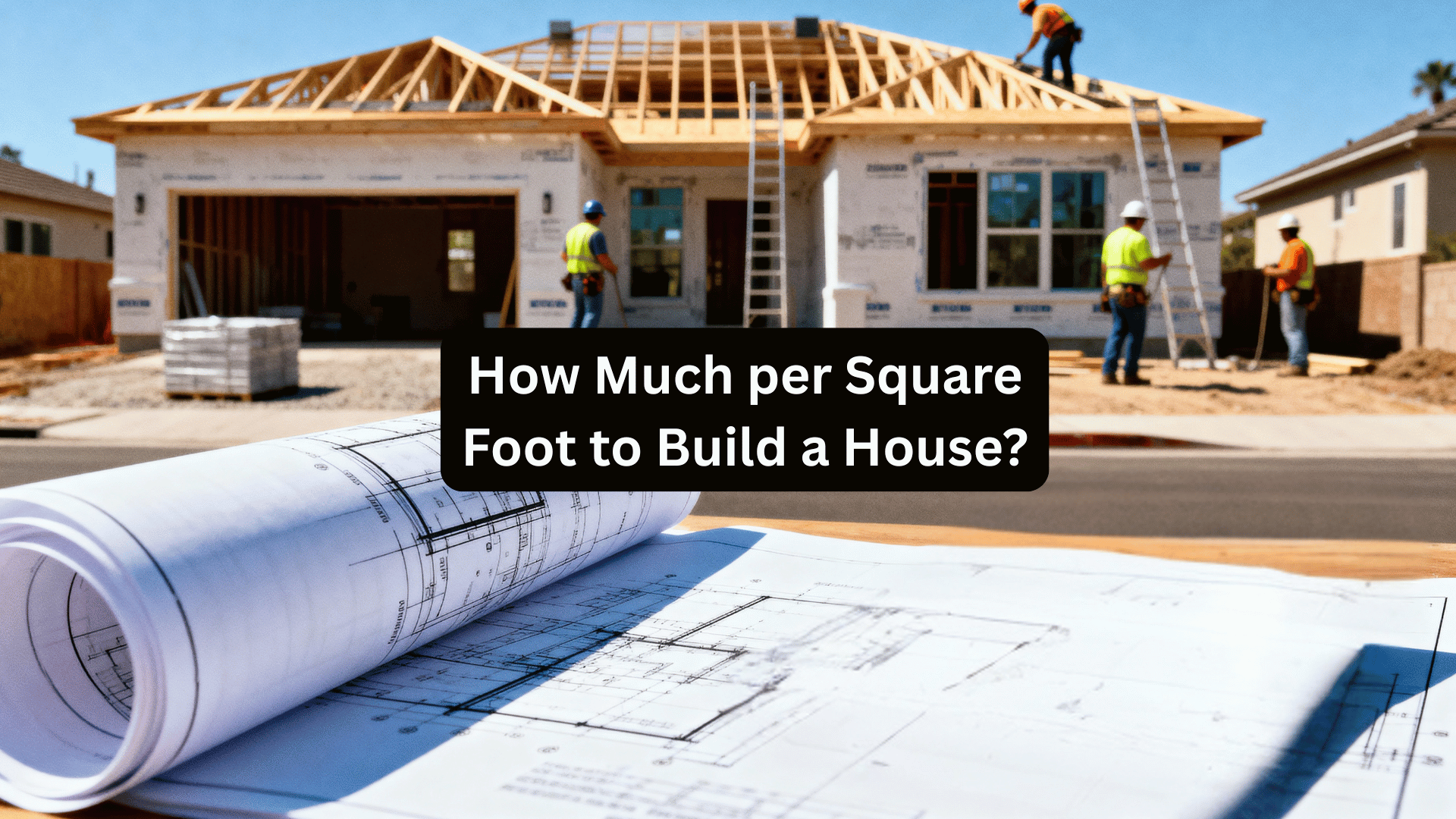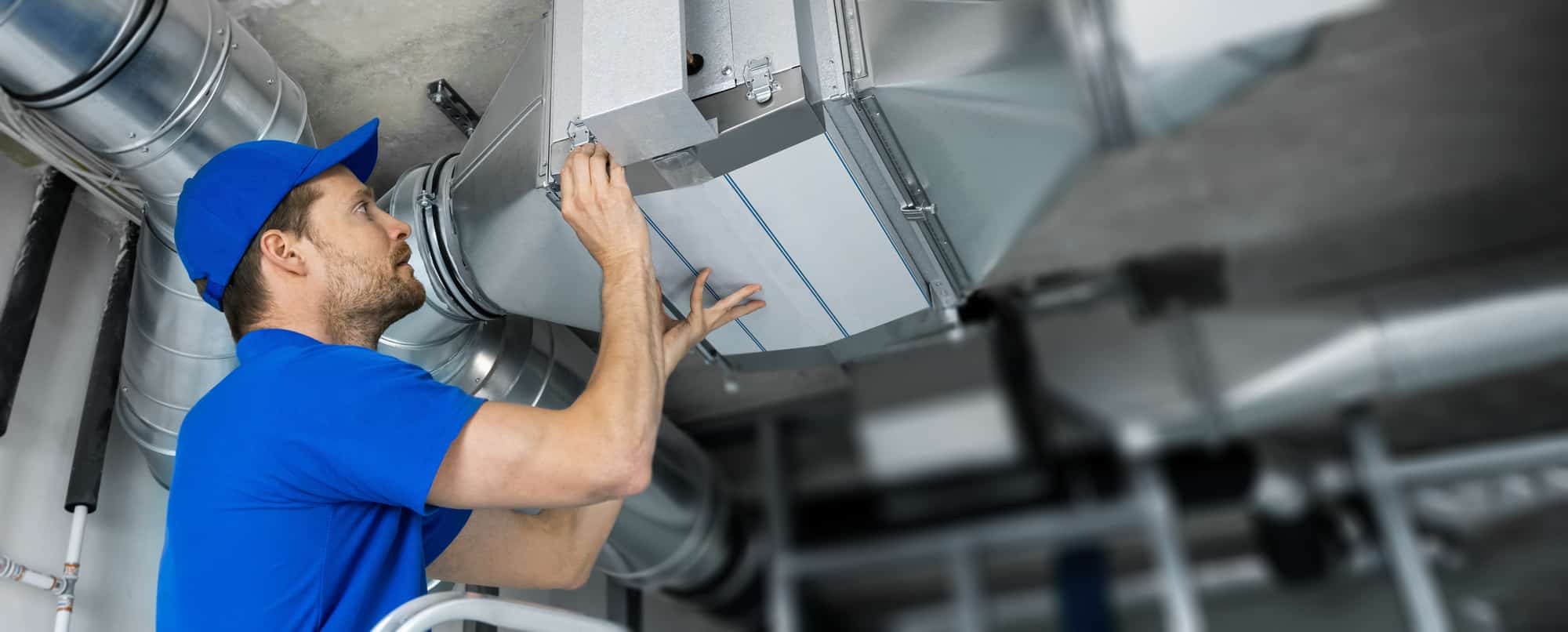What Considerations Should Be Taken into Account When Building a Fence?
Building a fence is a crucial decision that impacts both the aesthetics and security of a property. One of the most important considerations is understanding local regulations and property boundaries. Familiarize yourself with these to avoid potential legal issues and conflicts with neighbors.
Cost is another significant factor. Homeowners typically invest between $1,919 and $4,788 for a wooden fence, with prices varying based on the length, height, and wood type. Ensuring your fence fits within your budget while meeting your needs is essential.
Additionally, consider the materials and construction techniques. Options include wood, composite, and pre-made panels, each offering different benefits and maintenance requirements. Weighing the pros and cons of DIY versus hiring professionals will also help ensure a successful installation.
Planning and Legal Considerations
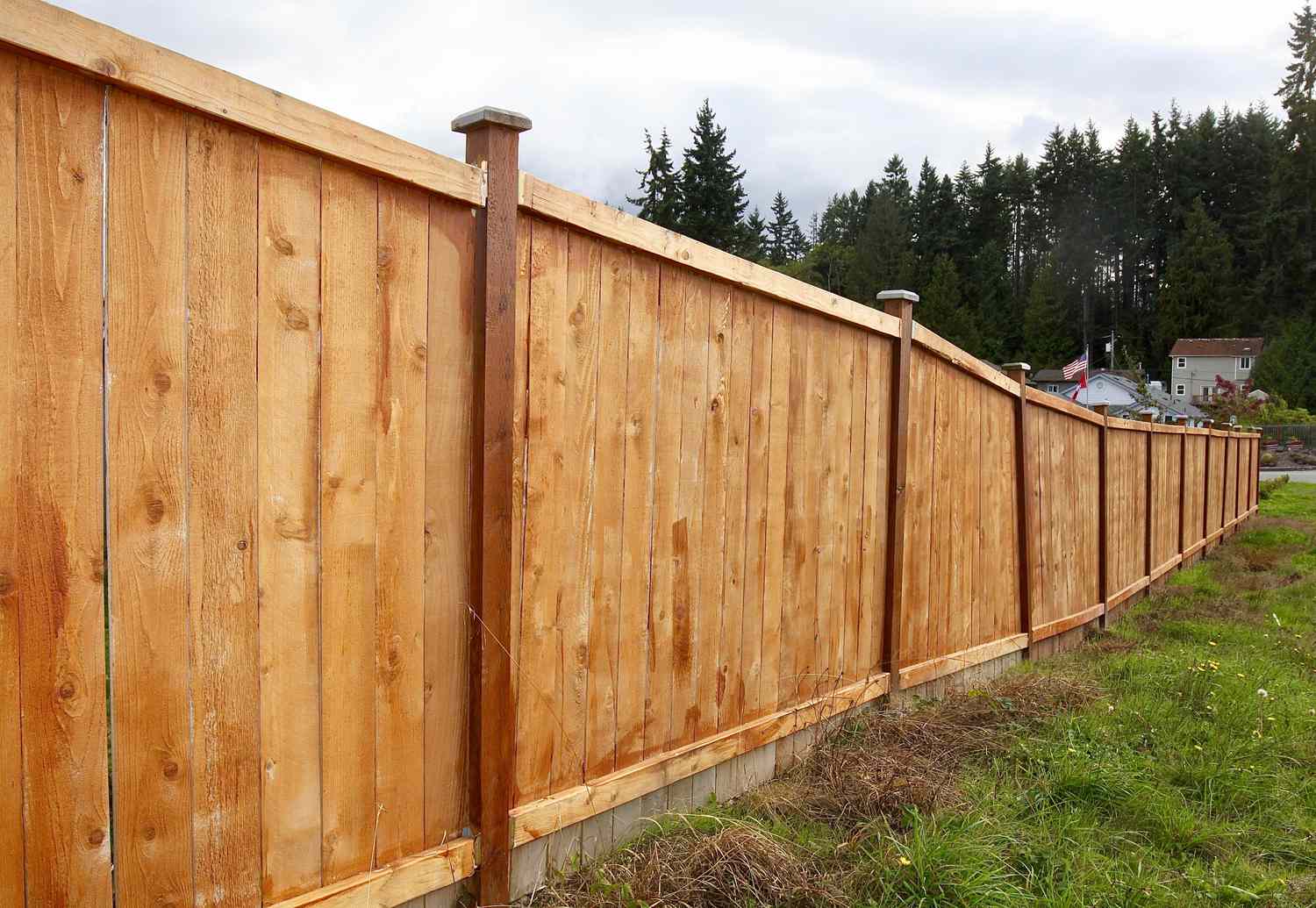
Building a fence involves various factors to ensure it meets your needs and complies with local regulations. According to Admer Construction Group, key considerations include the purpose of the fence, adherence to zoning laws, confirming property boundaries, and maintaining good relations with neighbors.
Purpose and Functionality
Before constructing a fence, determine its primary purpose. A fence might serve to enhance privacy, increase security, or establish boundaries.
The specific function will influence its design, height, and materials. For privacy, taller fences made of solid materials like wood or vinyl are suitable. For decorative purposes, shorter and more open designs can be considered. It’s important to identify the intended function to ensure the fence fulfills your expectations effectively.
Local Zoning Laws and HOA Rules
Compliance with local zoning laws and homeowners association (HOA) rules is crucial. Zoning laws often specify permissible fence heights, materials, and setback distances from property lines. For instance, backyard fences might be limited to a height of six feet, while front-yard fences are generally capped at four feet, as stated by Realtor.com.
HOAs may have additional guidelines, including aesthetic restrictions and maintenance responsibilities. Always check with local authorities and your HOA to avoid potential fines or disputes.
Property Lines and Surveying
Accurately identifying property lines is essential to prevent encroachment on a neighbor’s land. Hiring a professional surveyor can provide precise measurements and help avoid future legal conflicts.
Referencing property deeds and city records can also be beneficial. Clear understanding of where your property begins and ends ensures the fence is correctly positioned, avoiding the risk of mandated removal or adjustment.
Neighborly Etiquette
Maintaining good relations with neighbors is important when planning a fence. Discussing your plans with them beforehand can help mitigate potential objections and foster mutual understanding.
Some common issues include shared costs, design preferences, and access arrangements. Informing neighbors about the project timeline and potential disruption shows consideration and can lead to cooperative agreements, making the process smoother and more amicable.
Understanding these key factors ensures that your fence not only meets your needs but is also compliant with legal requirements and considerate of neighborly relationships. This balanced approach will help achieve a result that is both functional and harmonious with the surrounding environment.
Design and Material Selection
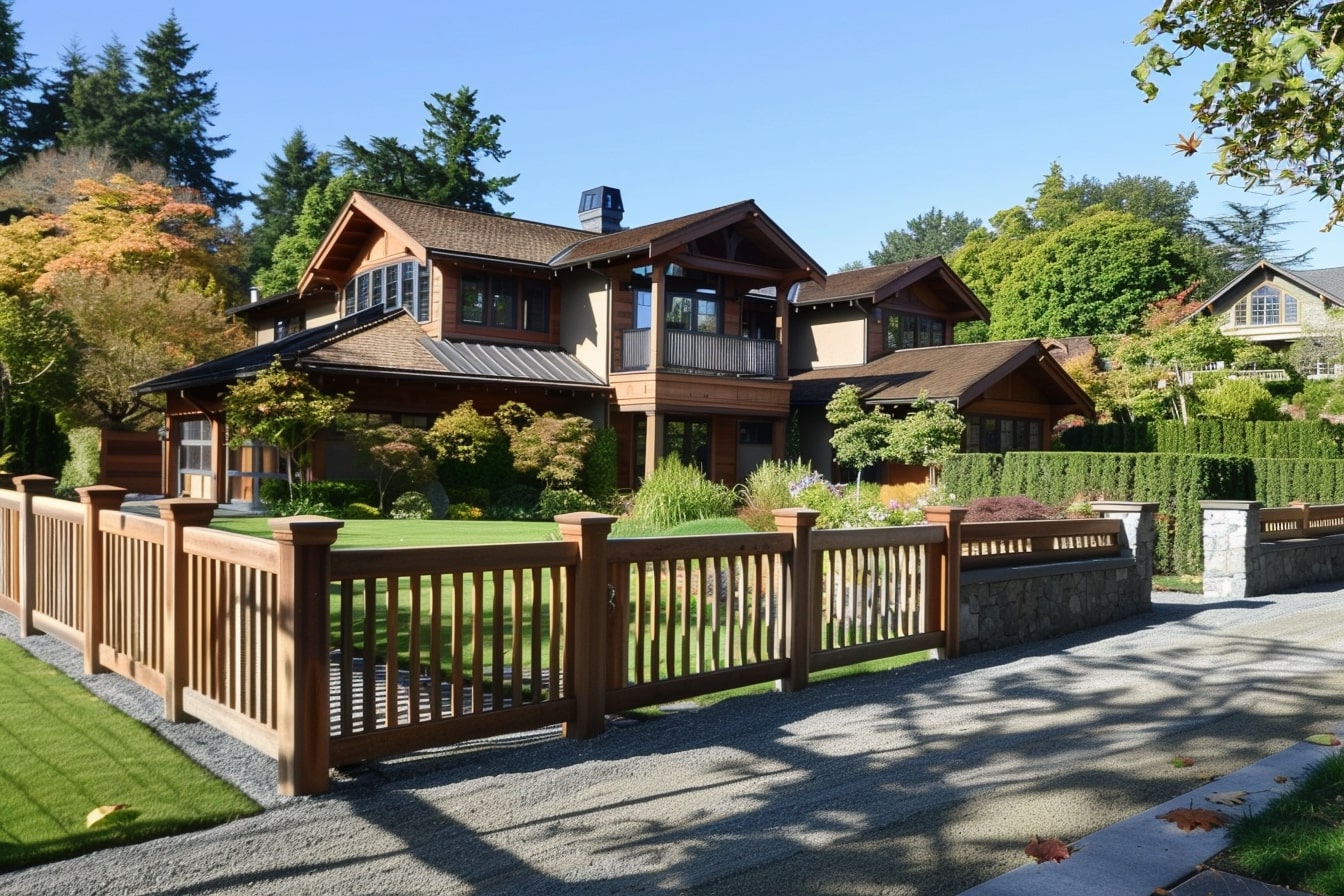
Selecting the ideal design and materials for your fence is crucial. Consider factors such as climate adaptability, aesthetic preferences, and maintenance requirements to ensure your fence meets your needs effectively.
Choosing the Right Materials
The material for your fence plays a significant role in its longevity and functionality. Wood is a popular choice for its natural appearance, though it may require regular maintenance in wet climates due to moisture damage.
Vinyl and composite materials offer durability with minimal upkeep, while metal options like aluminum and steel provide robust security but might be prone to rust in certain environments.
Style and Aesthetics
The style of your fence should complement the architecture of your home and the surrounding landscape. Options range from traditional picket fences to modern, sleek privacy fences.
Ornamental features such as lattice tops or decorative post caps can add visual appeal. Additionally, color choices can either blend the fence into its environment or make it a standout feature of the property.
Durability and Maintenance Concerns
Durability is a key consideration for any fence. Wood, although aesthetically pleasing, can be susceptible to rot and insect damage.
Metal fences are sturdy but may require rust prevention treatments. Vinyl and composite fences offer high durability with little maintenance. Regular inspections and timely repairs will extend the lifespan of any fence, ensuring it remains functional and attractive over the years.



